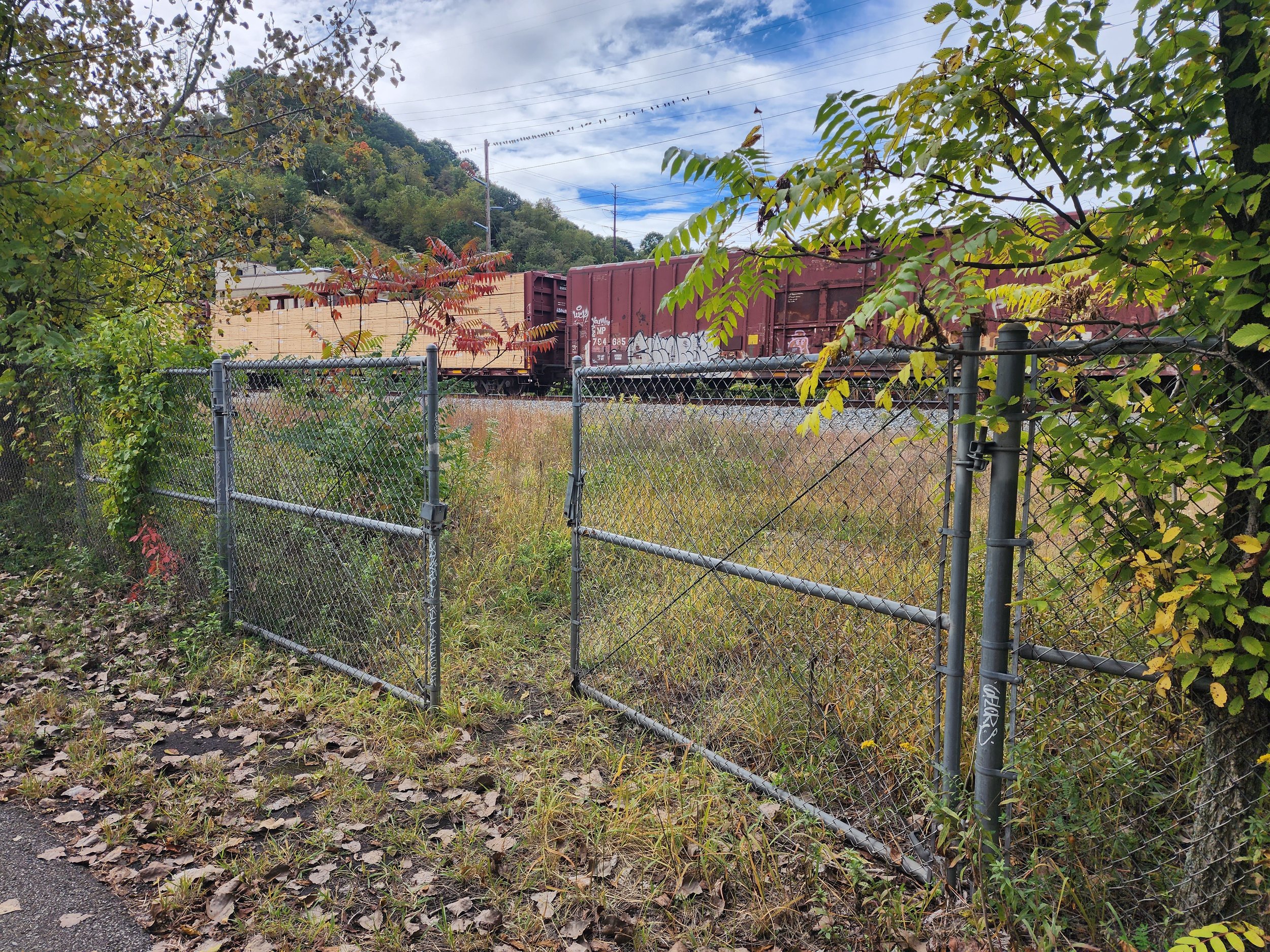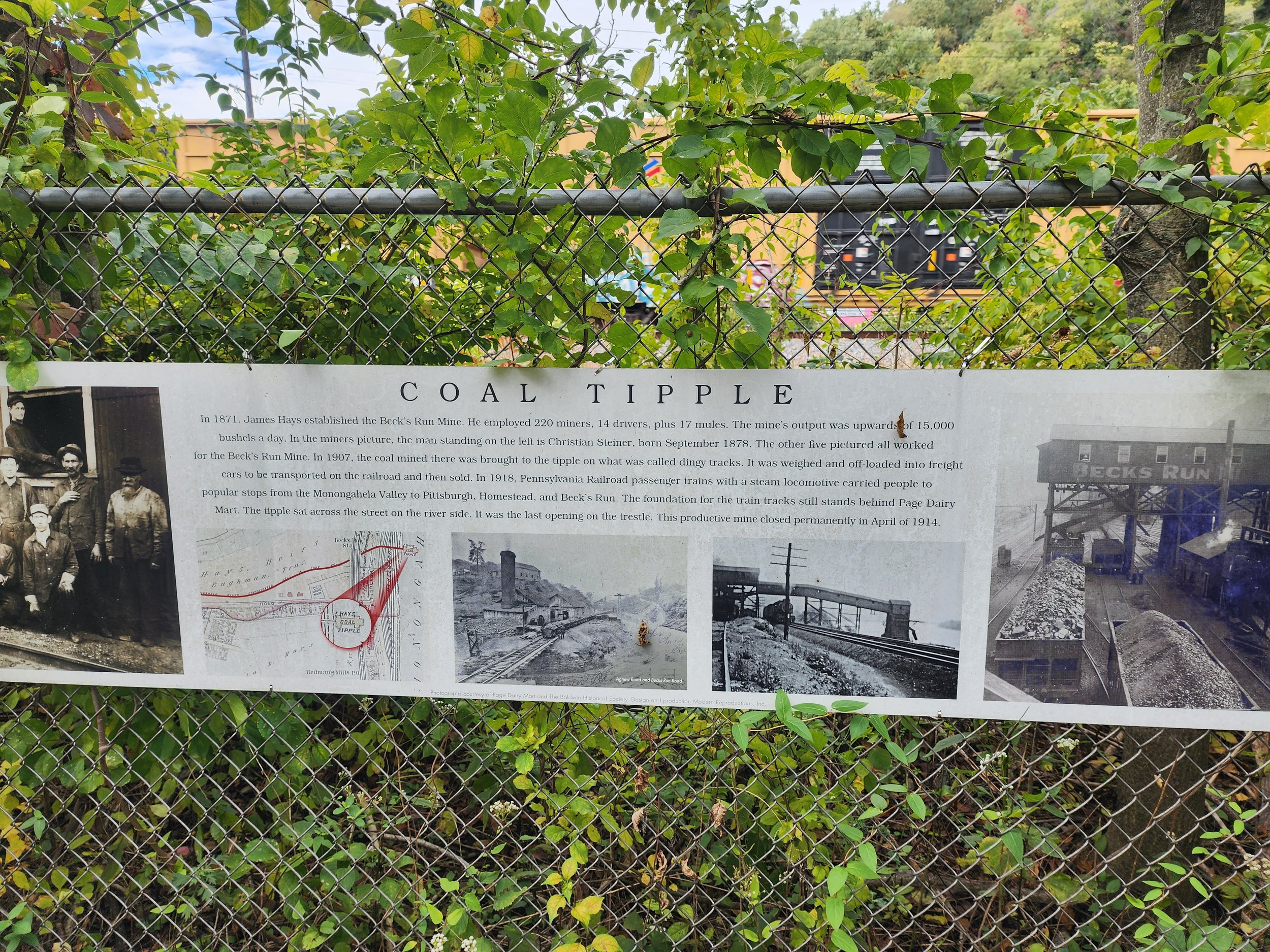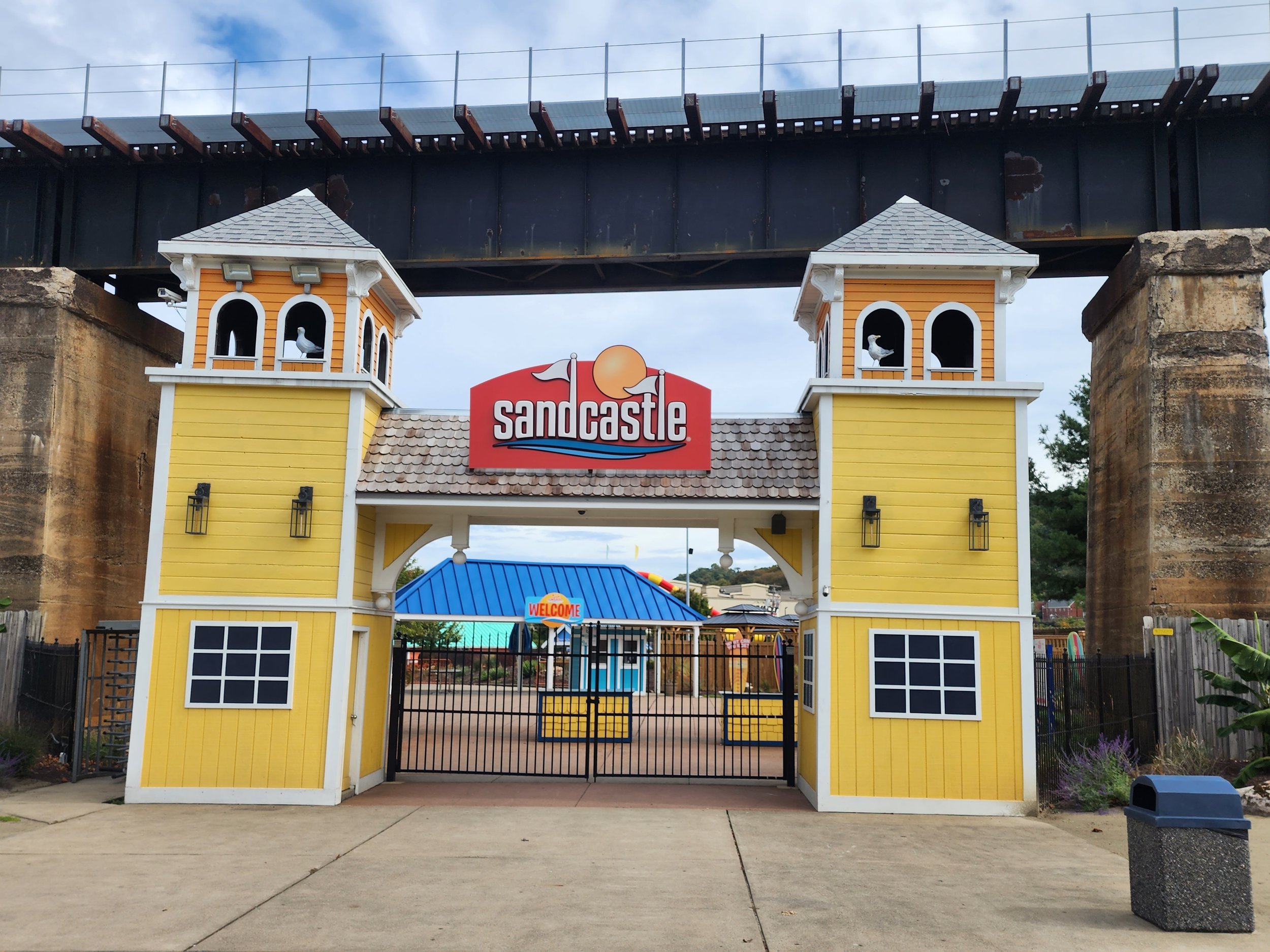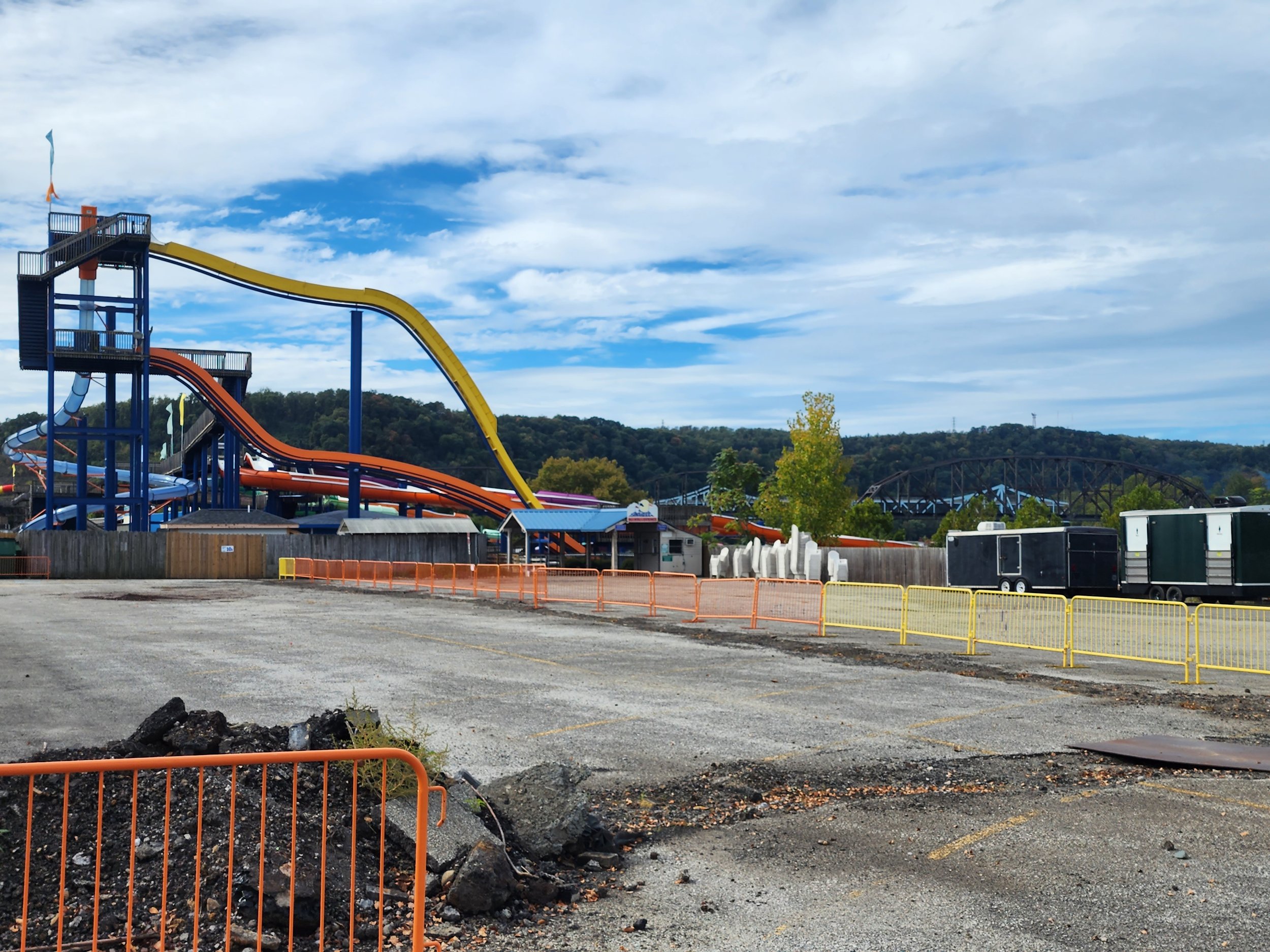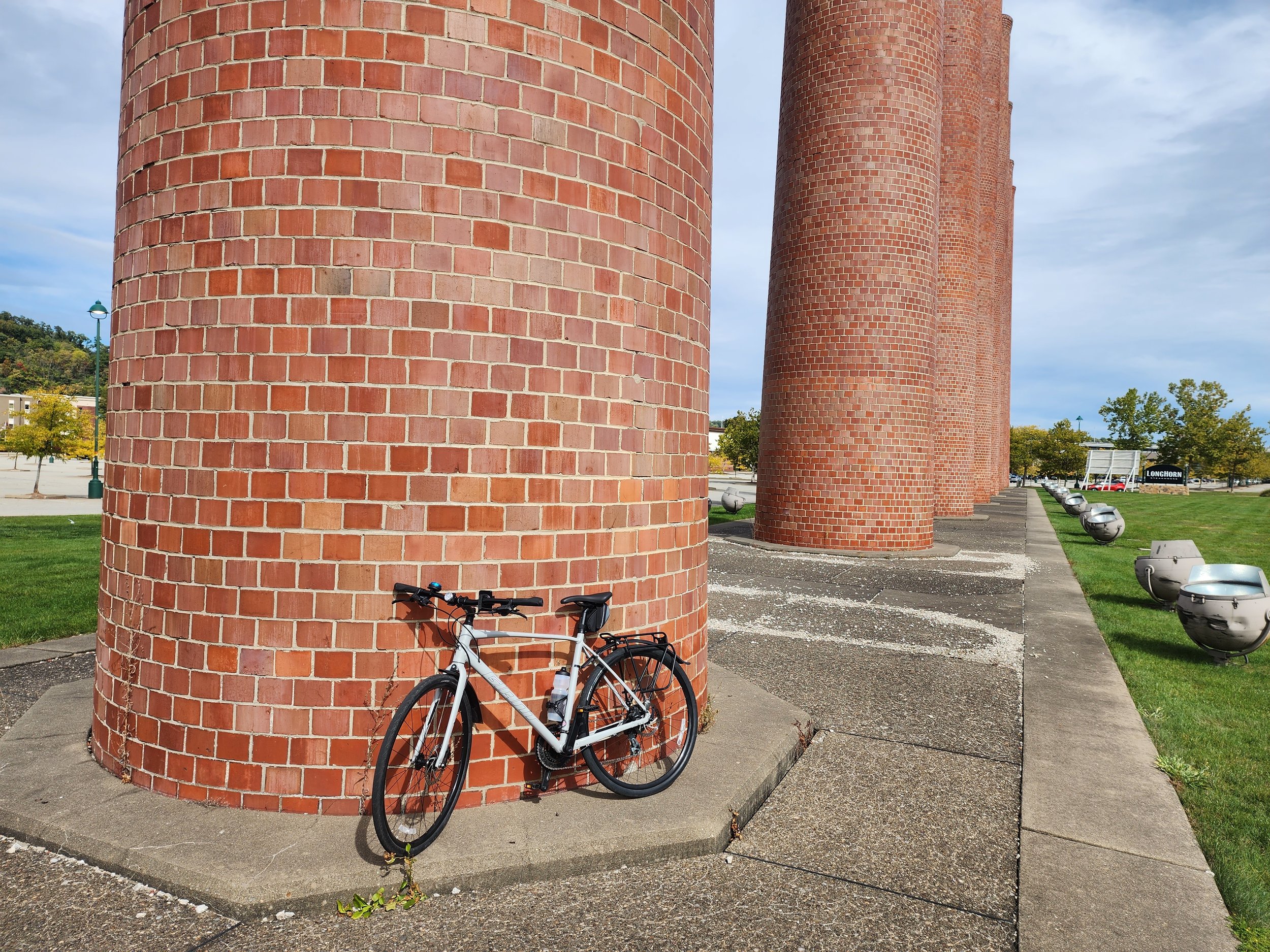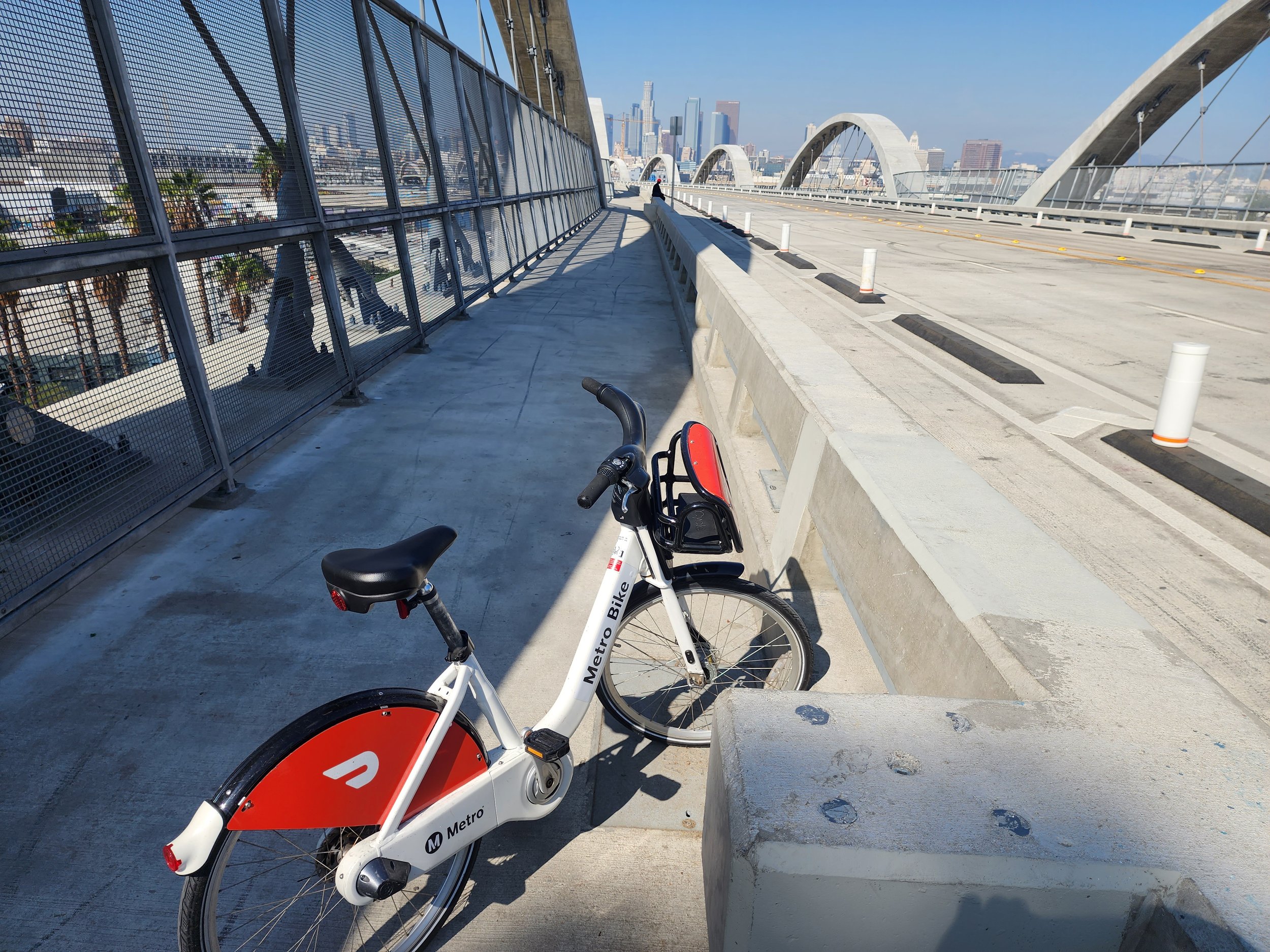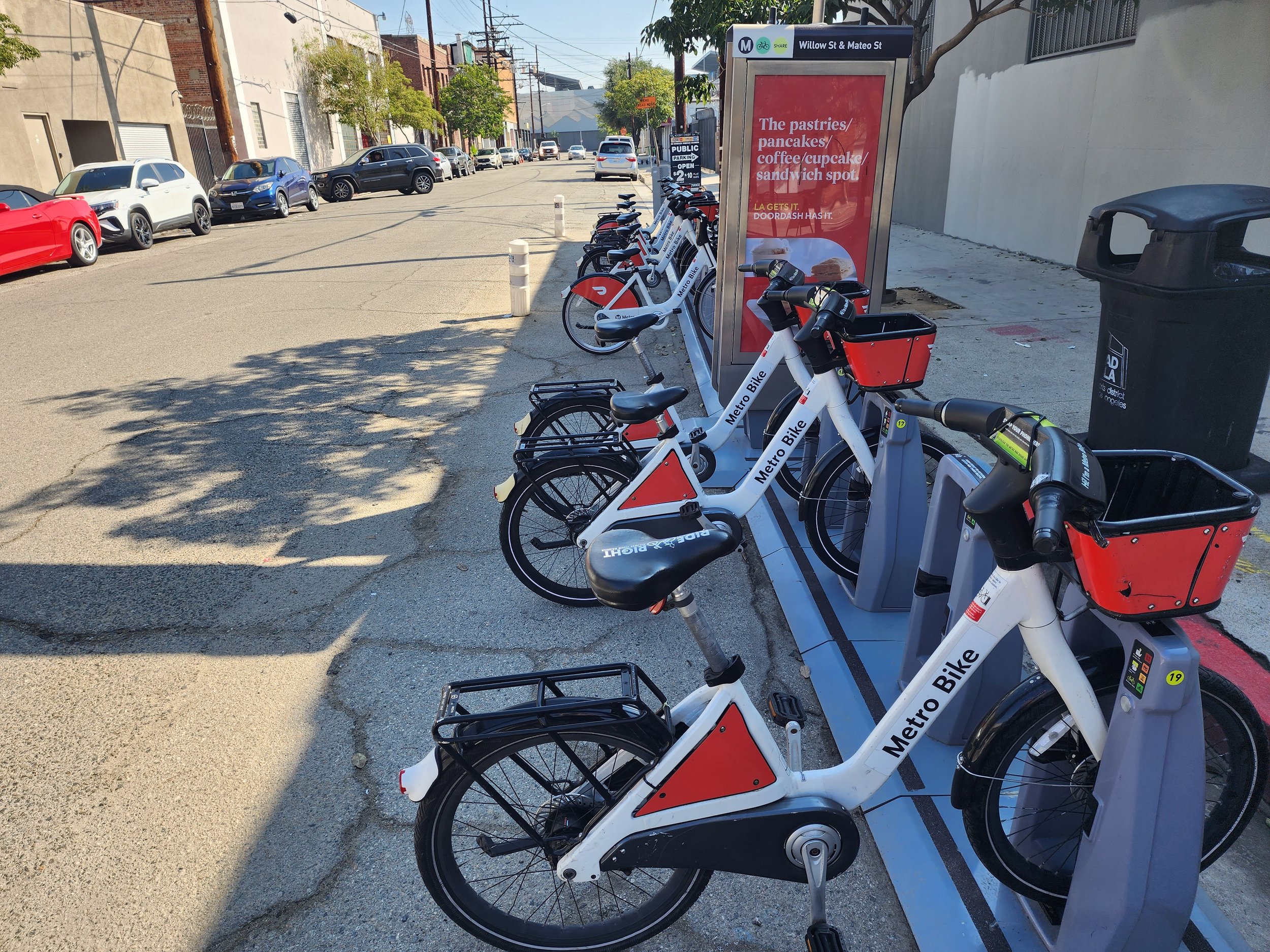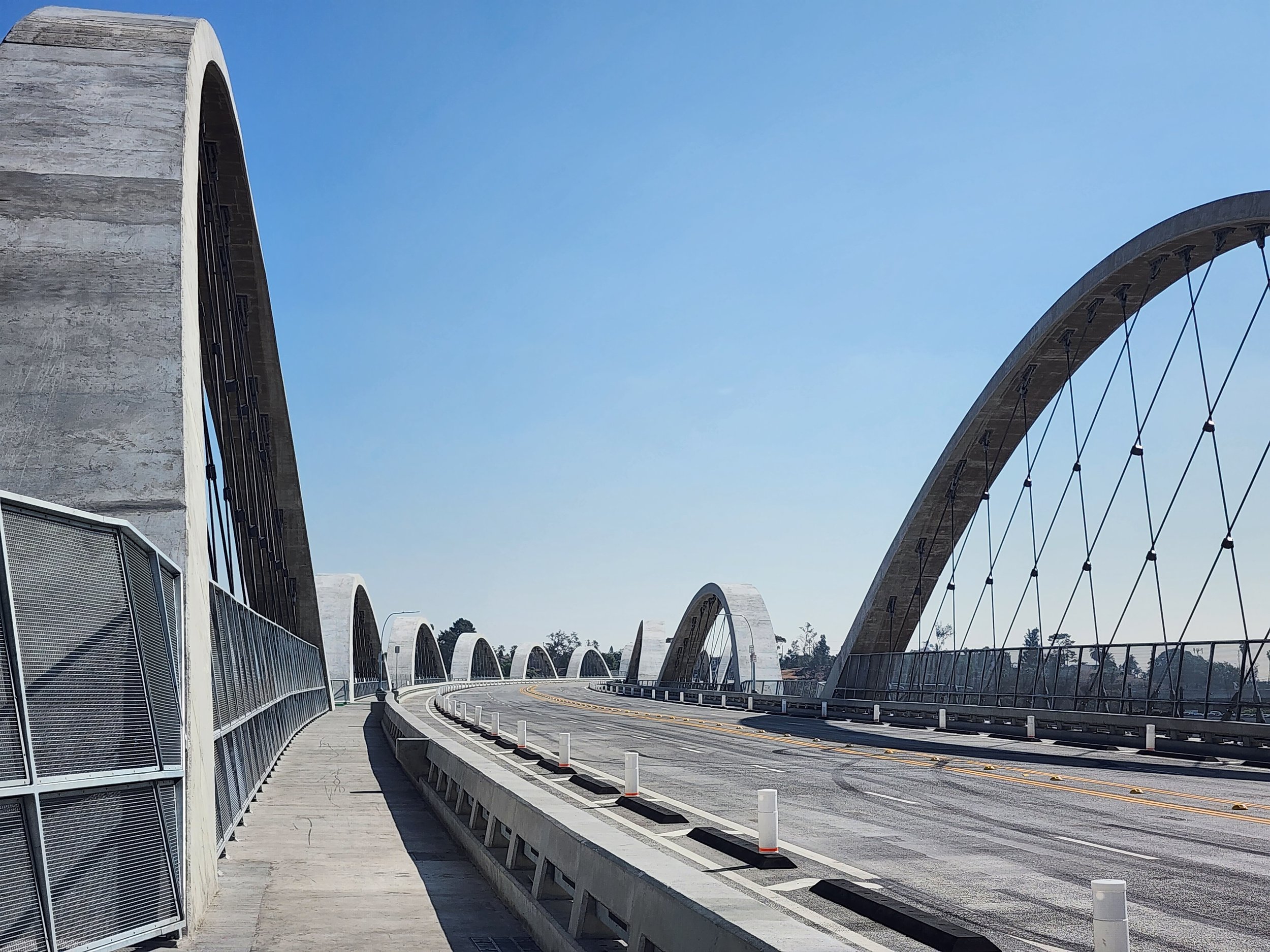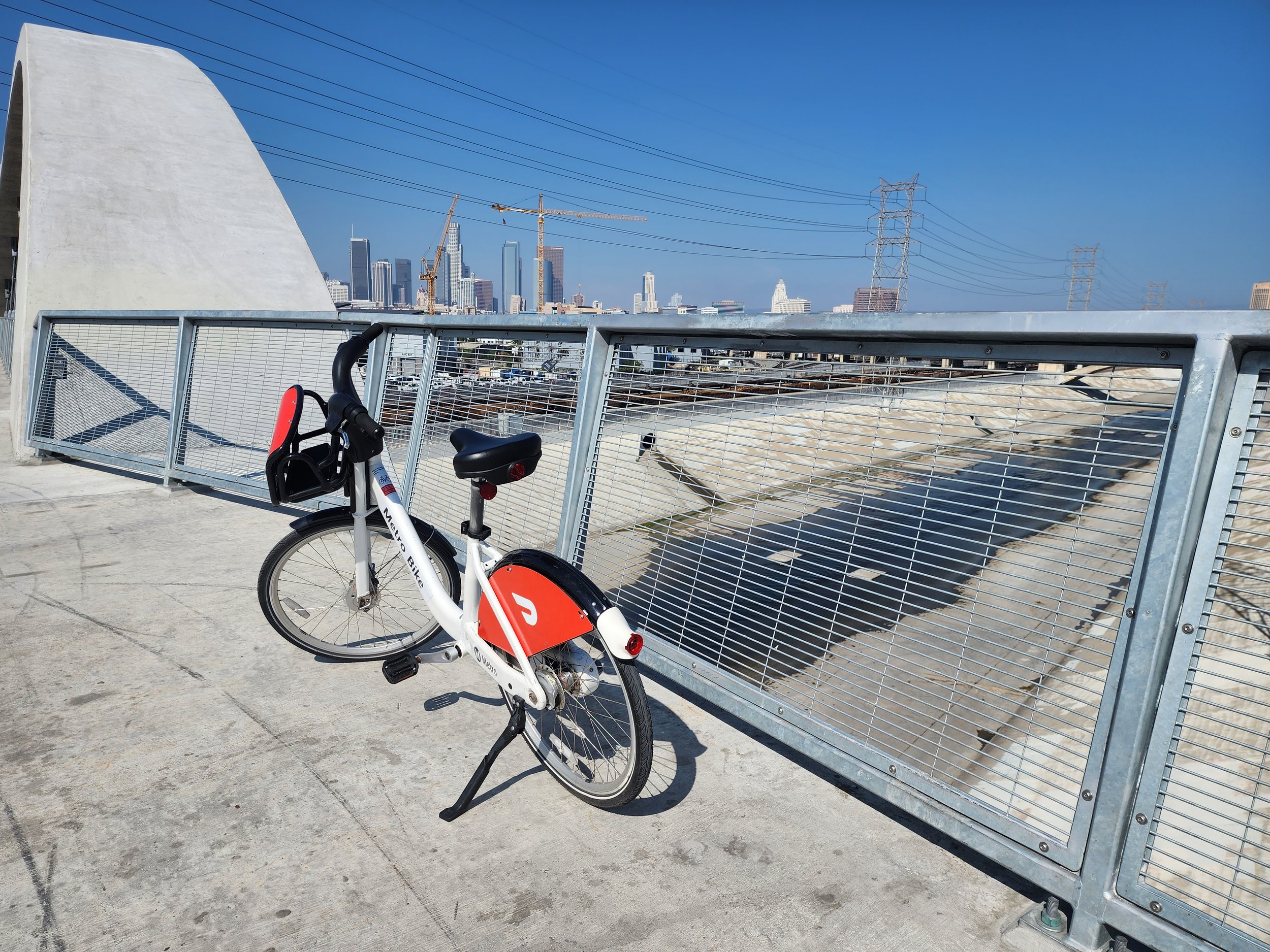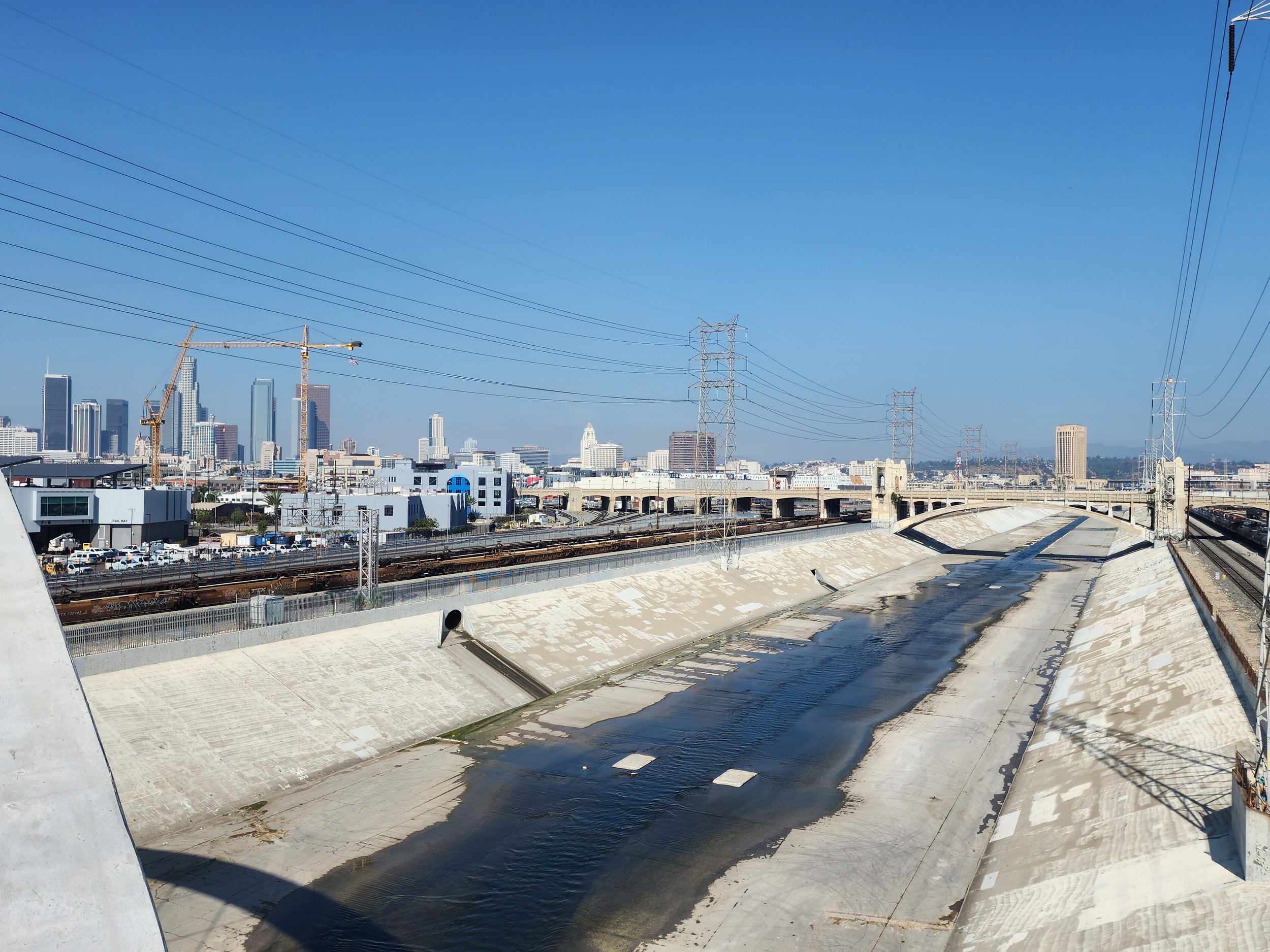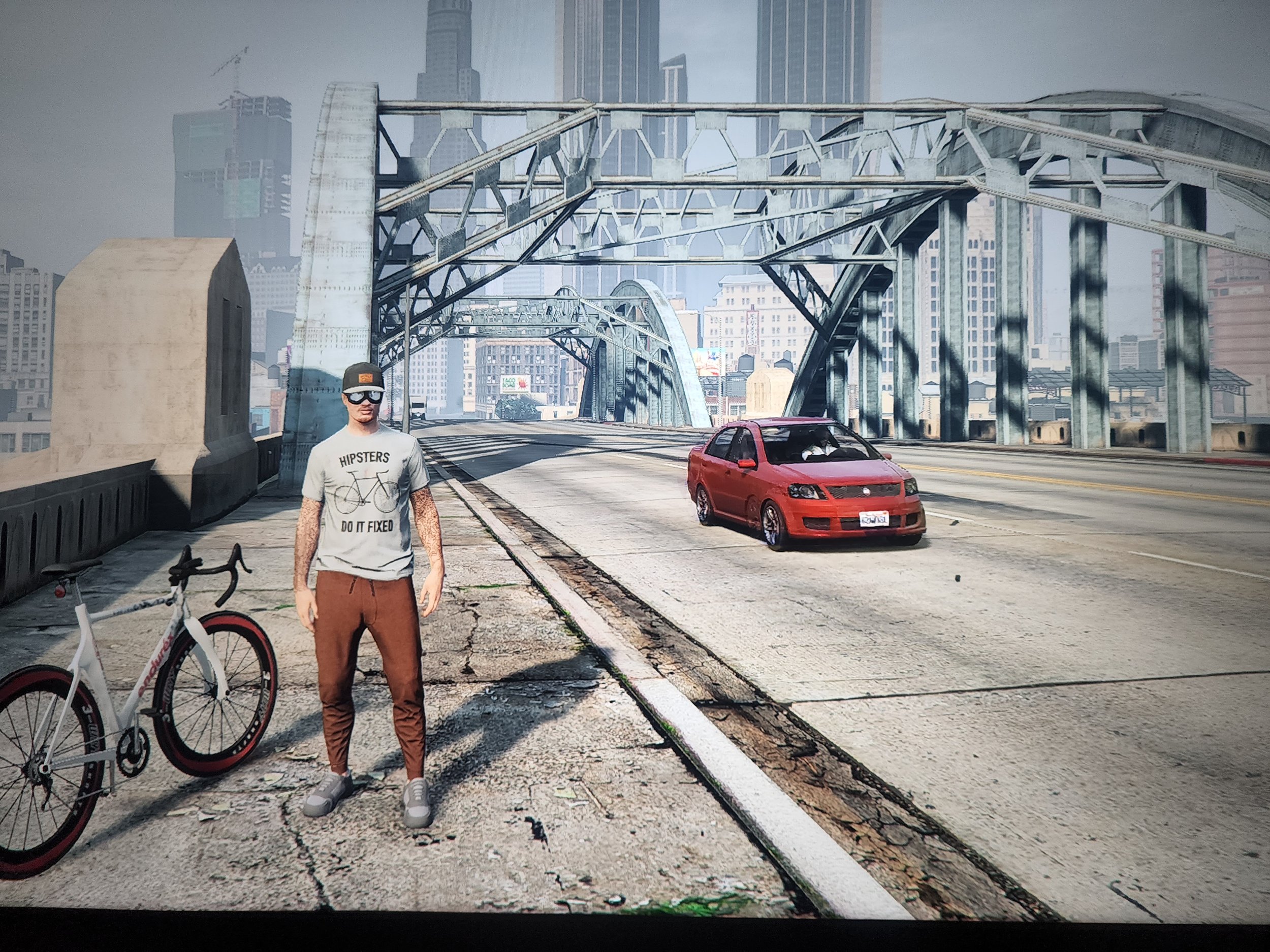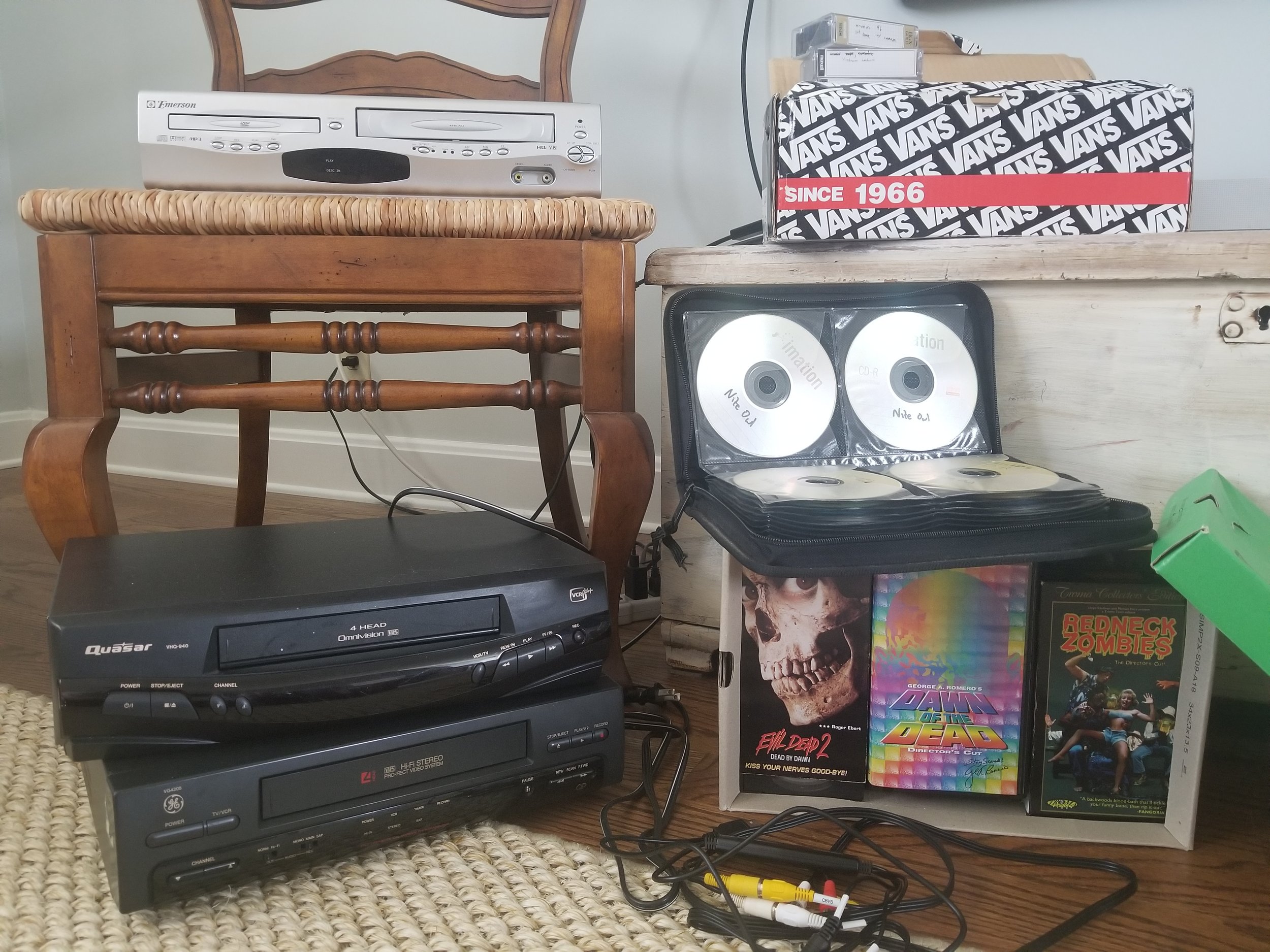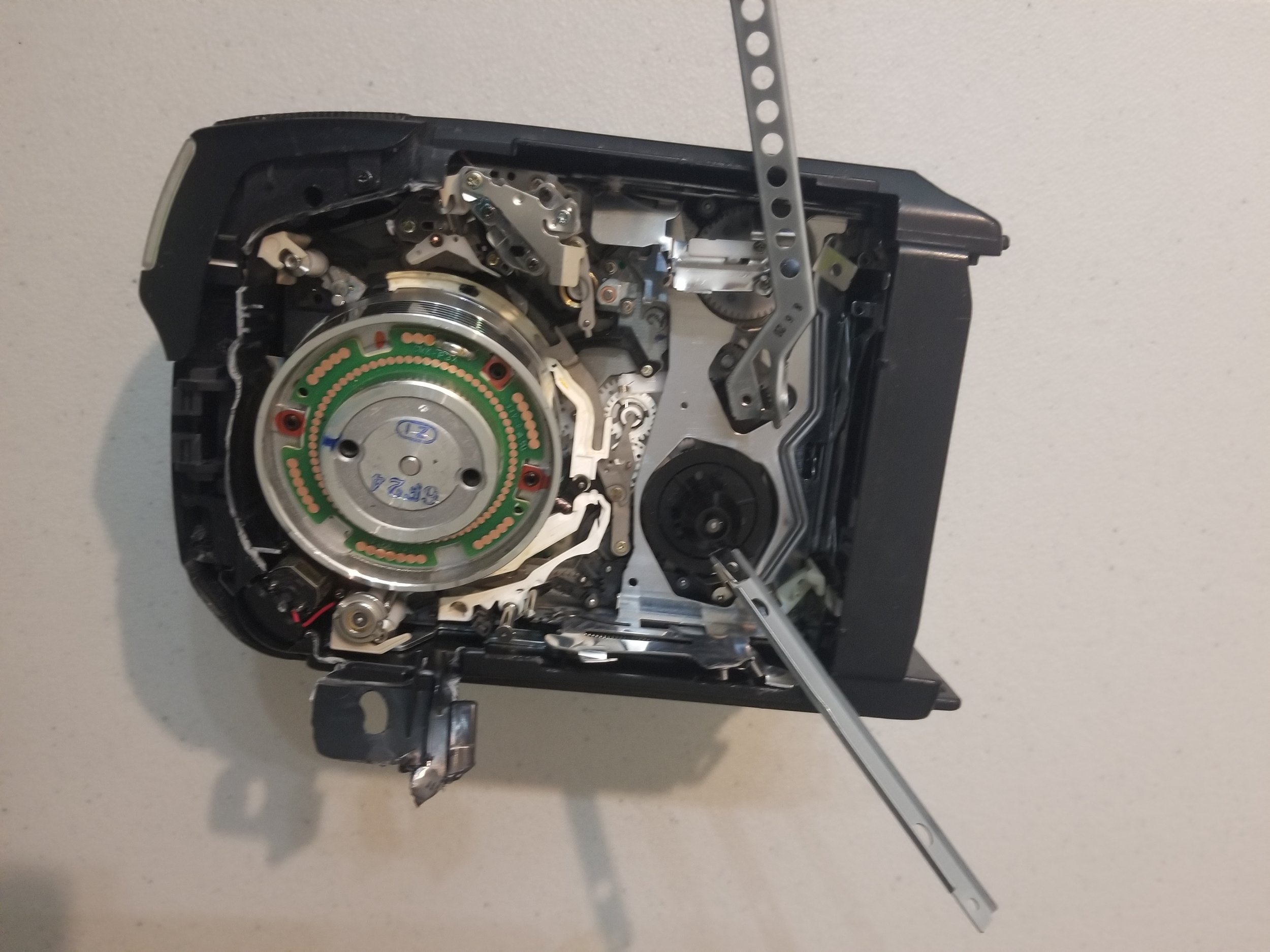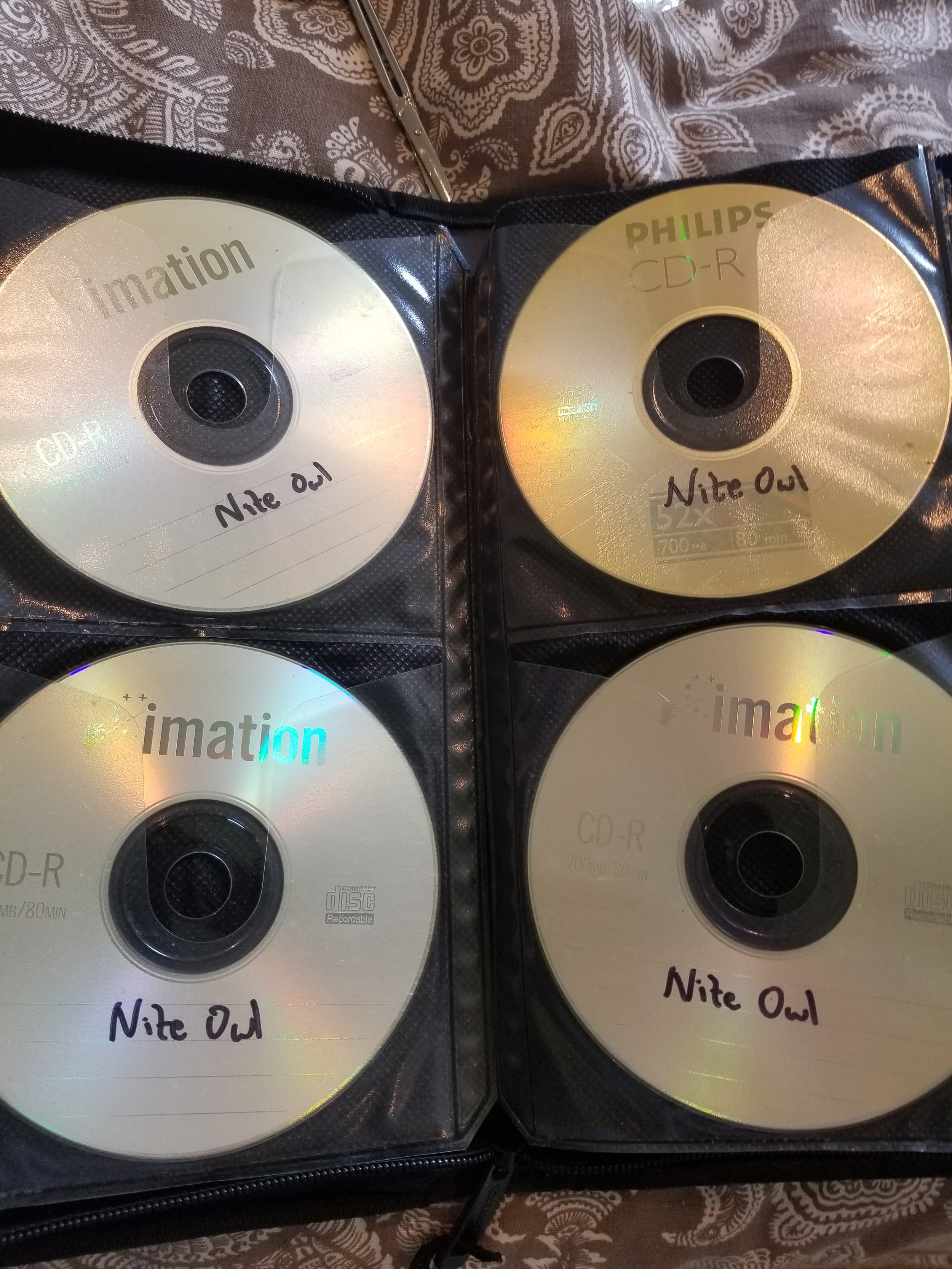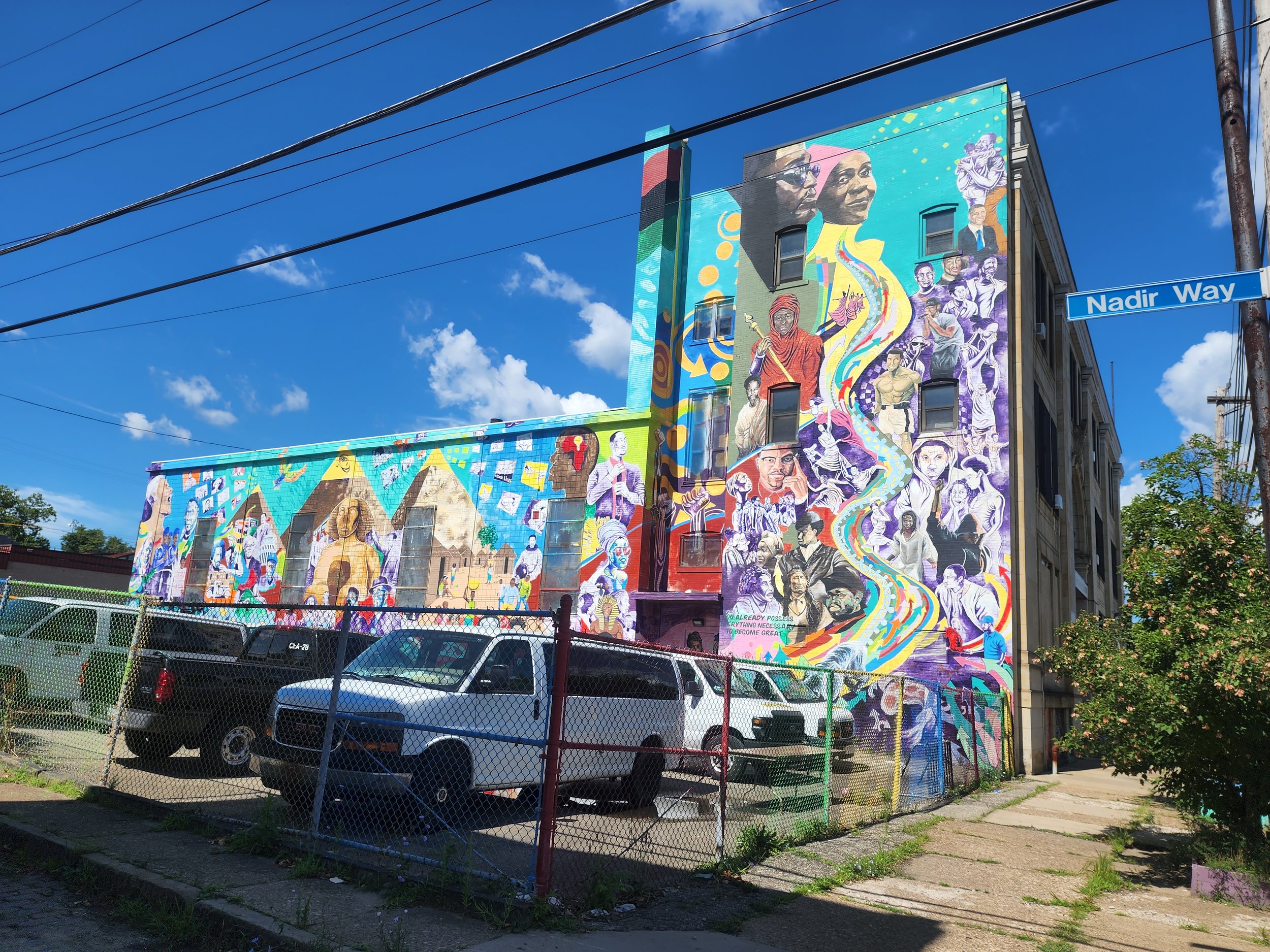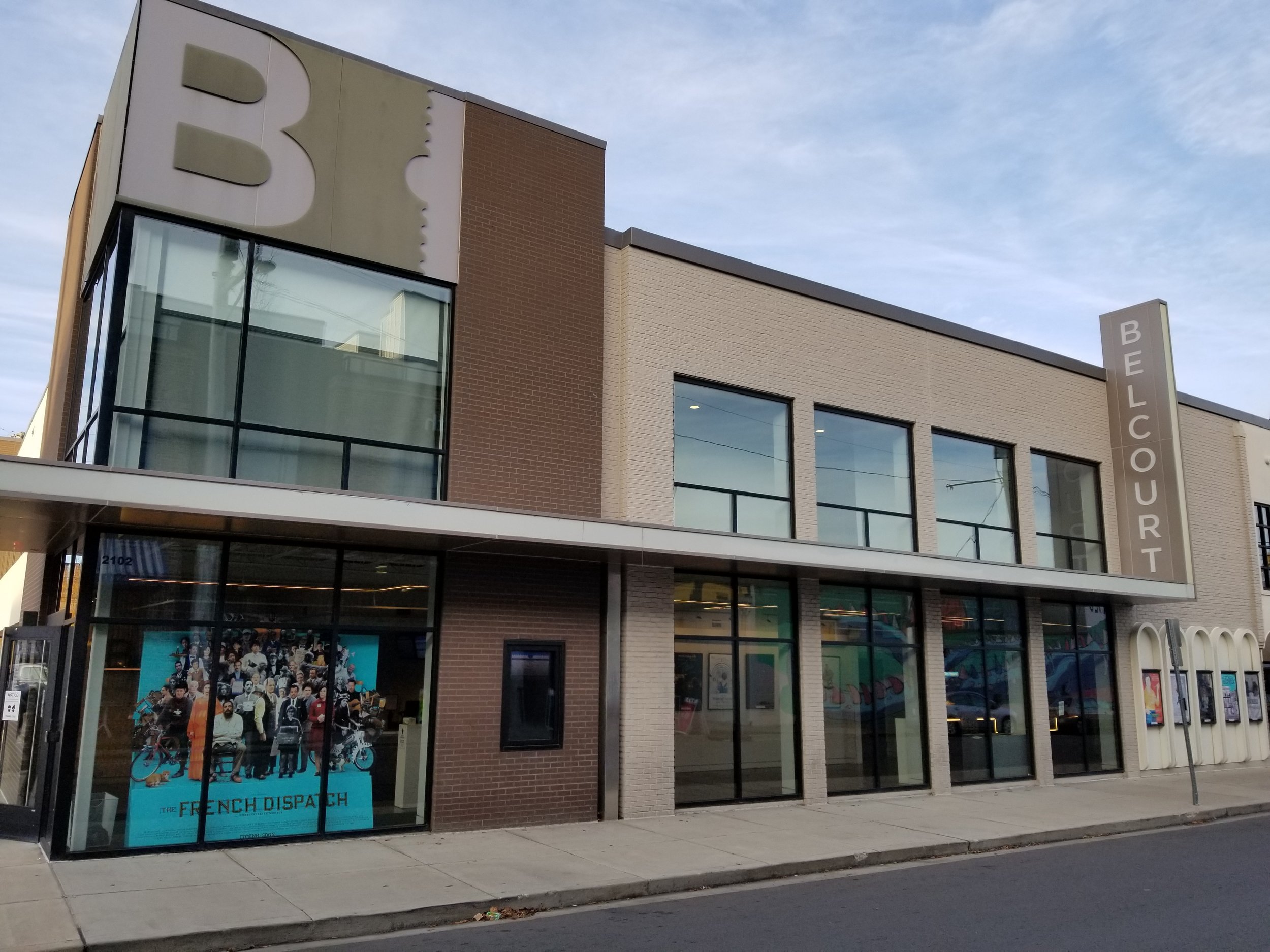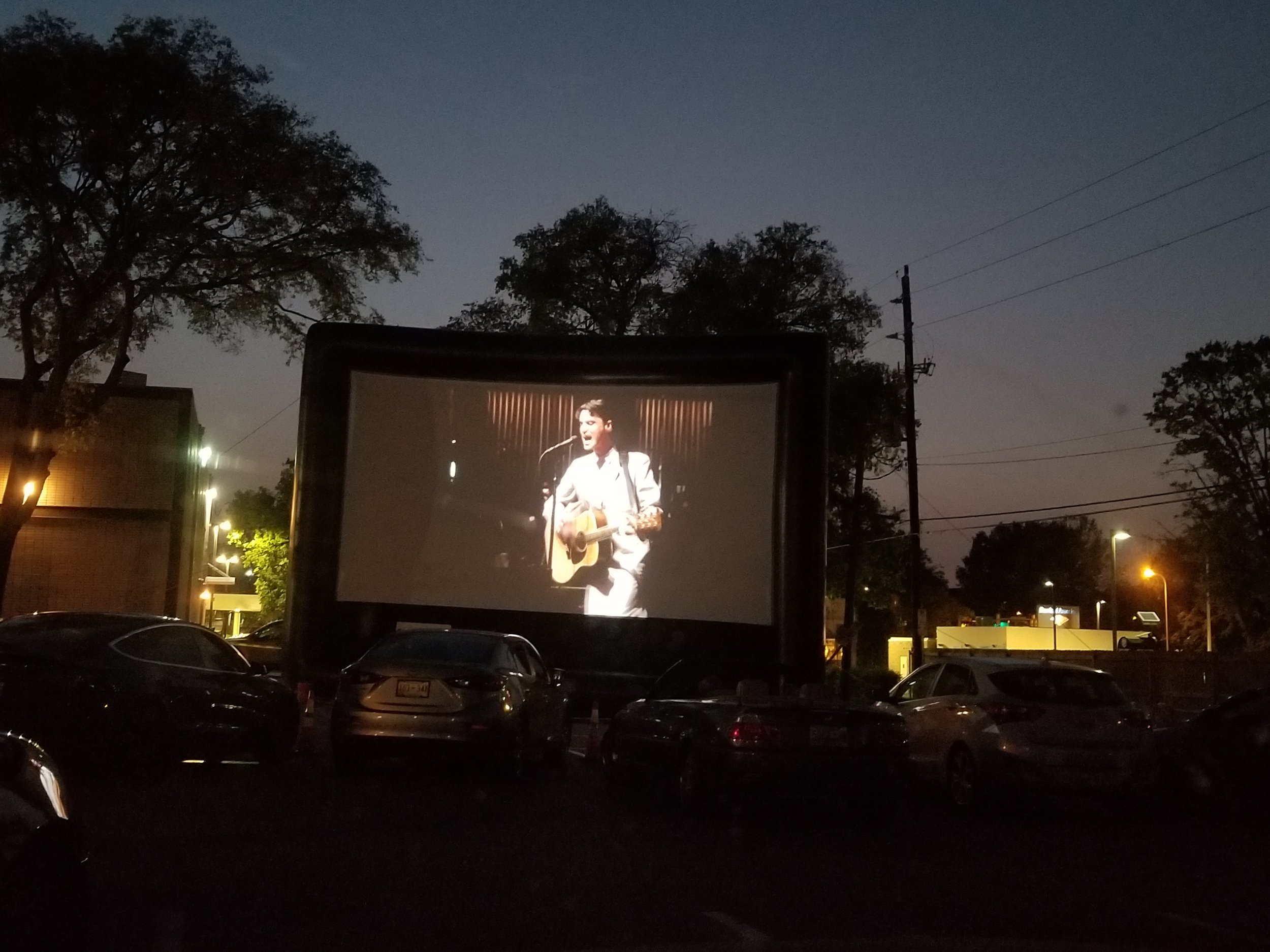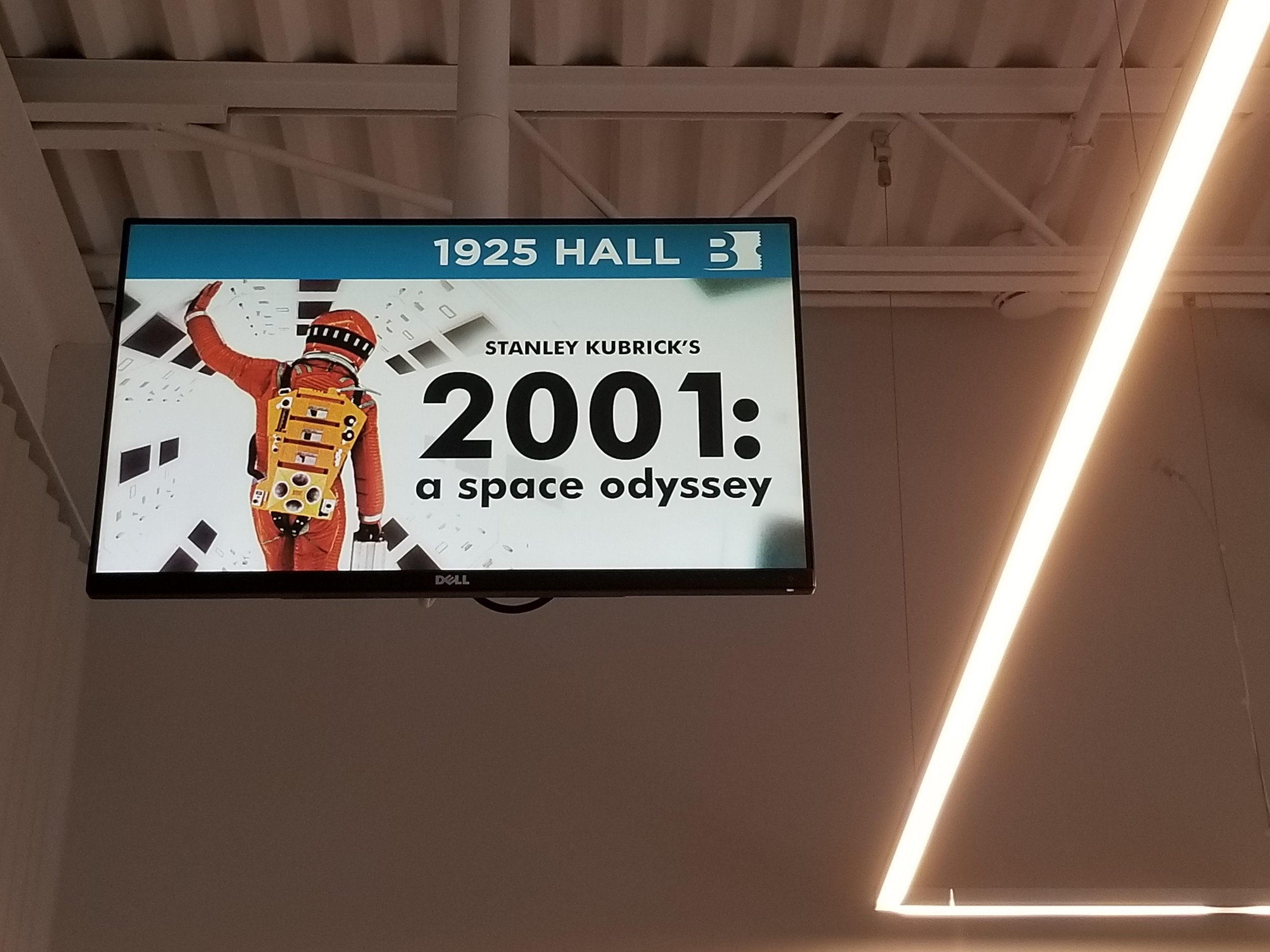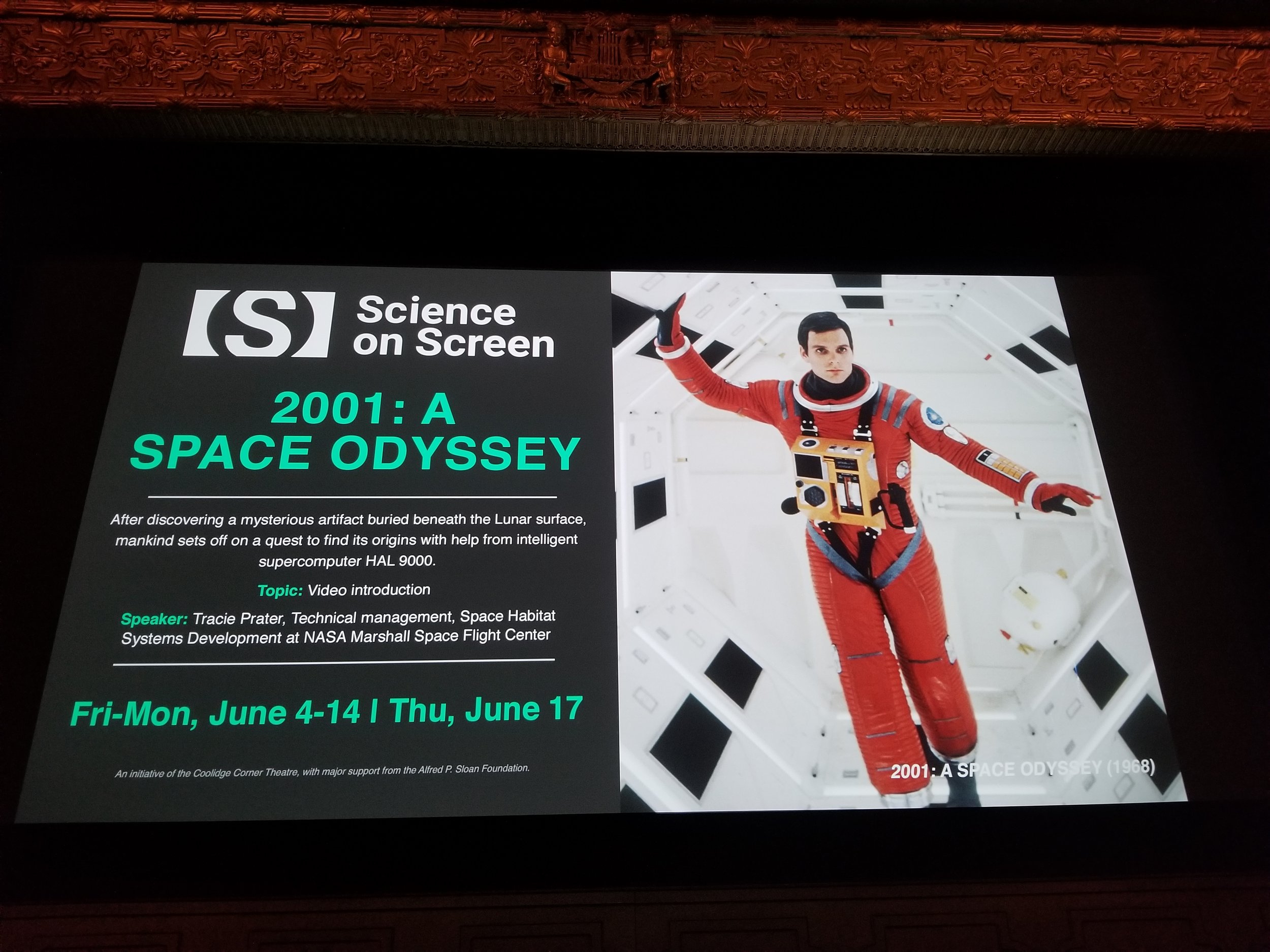For the Thanksgiving break last week I visited my family in Nashville. My parents have only been in Tennessee for a few years, so there’s not much personal history connecting me to the place, but after having lived there through the first 18 months of the pandemic returning this time felt like a true homecoming. That house feels like home to me now in a way it never did before, and revisiting the rooms and spaces where that incredibly surreal and disruptive period of my life played out was poignant. So it was good to be back in the house, and to see my family, and even the ornery dog. I was content to stay in the house for the duration of my visit but we did embark on a few outings including to a local cultural institution that has become a Nashville tradition for us: the Belcourt Theatre.
Movie theaters have always been among my favorite fixtures of urban environments. I lived in the Los Angeles area for more than a decade and the Southland featured a multitude of venues from multiplexes to repertory theaters. I have a great many fond cinema recollections from that time: seeing Donald Sutherland answer audience questions after a screening of Fellini’s Casanova in a small Santa Monica theater; sitting directly behind Christopher Lloyd while watching Back to the Future part III at Grauman’s Chinese Theater in Hollywood; going to the famous Cinerama Dome for a press screening of Harold & Kumar Go To Guantanamo Bay (as a staff member for my college radio station); seeing a 70mm print of 2001: A Space Odyssey at the Laemmle Royal Theater in West L.A. Even attending concerts in former movie palaces like the Orpheum or Wiltern.
After graduating from college I moved to Austin, Texas. I had never actually been to Austin so my sense of the place was entirely informed by mediated impressions. My arrival to the city first felt real to me while driving down the highway from Amarillo when I spotted an illuminated Alamo Drafthouse sign amid the neon nightscape of urban sprawl rushing past my driver side window (I believe this was the Alamo Village location in North Austin). I had been a regular reader of Ain't It Cool News since high school and thereby knew the Alamo through the site’s reports of film festivals and celebrity screenings that Harry Knowles hosted at their venues. This was also years before Alamo expanded outside the Austin area (save for a couple of San Antonio satellite locations that existed at that time), so the theater chain still possessed an aura of exclusivity. My apartment in Austin was just down the street from the South Lamar location, and while I went to movies at various Alamo locations and attended premiere events at the Paramount Theater downtown, my favorite outlet for cinephilic patronage were the many excellent video stores in the city. I had been surprised that Austin had a more robust independent video rental scene than Los Angeles; in L.A. I was only aware of Vidiots, while in Austin I could patronize multiple locations of both Vulcan Video and I Luv Video.
When I lived in Orlando I enjoyed attending the Enzian Theater, which featured excellent programming but wildly uneven seating and service. One of the first places I visited upon moving to Pittsburgh was the Manor Theater in Squirrel Hill, which remains my favorite movie house in the city. Other film venues in the city are hit-and-miss: the Harris theater downtown is a stalwart location for independent/art house films and documentaries, while the Row House Cinema caters to the hipster clientele evoked by its gentrified environs with an on-site bottle shop, but otherwise squanders any cinephile cred or general goodwill with their uncomfortable seating and predilection for projecting DVDs rather than proper film prints.
My parents have been living in Nashville for the past six years or so, so while I have been visiting them in their new home I have also been exploring the city itself. Much of my appreciation for the area is culinary: my lifelong love of fried catfish has been supplemented by an appreciation for hot chicken and fried baloney sandwiches. But one of the greatest early discoveries in my Nashville explorations was the Belcourt movie theater. The venue opened in 1925 as the Hillsboro Theater, and today the historic building houses one of the premiere independent and historic cinemas in the country. It very quickly became expected that a visit or family reunion in Nashville would include a perfunctory visit to catch a movie at the Belcourt. My family does not have much in the way of long standing traditions, but one of the few things that would qualify is our annual viewings of It’s a Wonderful Life (historically these screenings coincided with Thanksgiving but over the years they have migrated to Christmastime). A few years back we discovered that the Belcourt regularly shows the film around the Christmas season and so we decided to merge these two family traditions into a single event. The first time we went to see Wonderful Life at the Belcourt I maintained a wary skepticism that we might be treated to some digital projection, but I was pleasantly surprised (and immediately won over by the theater) when the film was preceded by a notice that this was to be a screening of a 35mm print.
When the pandemic disrupted business-as-usual last Spring it prompted an existential crisis for movie theaters as we know them. The double-whammy of social distancing imperatives and the explosion of streaming video services called the continuing viability of traditional movie exhibition into question. While movie distributors and exhibitors considered how to adapt to the new reality the temporary covid closures became permanent for some businesses. In April I was heartbroken to learn that Vulcan Video was shuttering its doors after 35 years of operation in Austin. The news came with another sad realization that the Elizabeth Street location – my neighborhood store when I lived in South Austin – had previously closed five years earlier. Former employees penned tributes to Vulcan and I recalled the young video clerks I had known in my time, occasionally running into them at the South Congress H.E.B. while they executed a beer run for the other staff working the store on a late Saturday night. Then in September I Luv Video also closed for good. The store had tried operating curbside service during the lockdown measures but found that the experience of perusing a video store did not translate to pick-up ordering in the way that getting food from a restaurant might. Following the closure announcement the company owner sought a new home for the massive video archive.
One of the more positive developments in that early period of pandemic adjustment was the resurgence or reemergence of drive-in theaters. The shift toward social distancing suddenly made drive-in movies a viable business option; existing drive-ins benefited from increased attendance, and new venues opened to take advantage of the new environment. I had relocated to Nashville by this time and so for my birthday that summer we traveled out to the Stardust Drive-In Theatre in Watertown.

